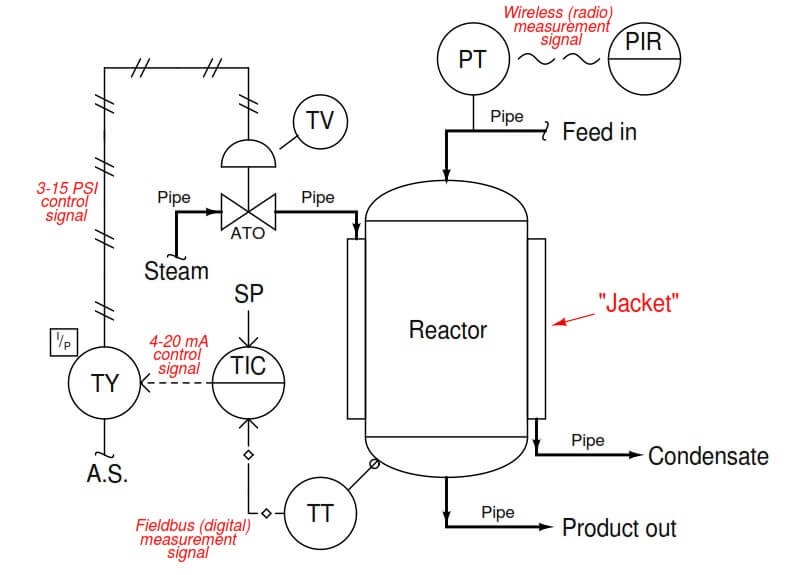General Science Notes On – Reactor Control – For W.B.C.S. Examination.
A commonly used parameter in the nuclear industry is reactivity, which is a measure of the state of a reactor in relation to where it would be if it were in a critical state.Continue Reading General Science Notes On – Reactor Control – For W.B.C.S. Examination.
Reactivity is positive when a reactor is supercritical, zero at criticality, and negative when the reactor is subcritical. Reactivity may be controlled in various ways: by adding or removing fuel, by altering the ratio of neutrons that leak out of the system to those that are kept in the system, or by changing the amount of absorber that competes with the fuel for neutrons. In the latter method the neutron population in the reactor is controlled by varying the absorbers, which are commonly in the form of movable control rods (though in a less commonly used design, operators can change the concentration of absorber in the reactor coolant). Changes of neutron leakage, on the other hand, are often automatic. For example, an increase of power will cause a reactor’s coolant to reduce in density and possibly boil.
This decrease in coolant density will increase neutron leakage out of the system and thus reduce reactivity—a process known as negative-reactivity feedback. Neutron leakage and other mechanisms of negative-reactivity feedback are vital aspects of safe reactor design.
A typical fission interaction takes place on the order of one picosecond (10−12 second). This extremely fast rate does not allow enough time for a reactor operator to observe the system’s state and respond appropriately. Fortunately, reactor control is aided by the presence of so-called delayed neutrons, which are neutrons emitted by fission products some time after fission has occurred. The concentration of delayed neutrons at any one time (more commonly referred to as the effective delayed neutron fraction) is less than 1 percent of all neutrons in the reactor. However, even this small percentage is sufficient to facilitate the monitoring and control of changes in the system and to regulate an operating reactor safely.
All heavy nuclides have the ability to fission when in an excited state, but only a few fission readily and consistently when struck by slow (low-energy) neutrons. Such species of atoms are called fissile. The most prominently utilized fissile nuclides in the nuclear industry are uranium-233 (233U), uranium-235 (235U), plutonium-239 (239Pu), and plutonium-241 (241Pu). Of these, only uranium-235 occurs in a usable amount in nature—though its presence in natural uranium is only some 0.7204 percent by weight, necessitating a lengthy and expensive enrichment process to generate a usable reactor fuel (see below Nuclear fuel cycle).
As an alternative to processing and enriching uranium-235, it is possible to go through the process of generating quantities of other fissile nuclides that are not as prevalent as uranium-235. Prominent sources of these nuclides are thorium-232 (232Th), uranium-238 (238U), and plutonium-240 (240Pu), which are known as fertile materials owing to their ability to transform into fissile materials.
For example, thorium-232, the predominant isotope of natural thorium, can be used to generate uranium-233 through a process known as neutron capture. When a nucleus of thorium-232 absorbs, or “captures,” a neutron, it becomes thorium-233, whose half-life is approximately 21.83 minutes. After that time the nuclide decays through electron emission to protactinium-233, whose half-life is 26.967 days. The protactinium-233 nuclide in turn decays through electron emission to yield uranium-233.
Neutron capture may also be used to create quantities of plutonium-239 from uranium-238, the principal constituent of naturally occurring uranium. Absorption of a neutron in the uranium-238 nucleus yields uranium-239, which decays after 23.47 minutes through electron emission into neptunium-239 and ultimately, after 2.356 days, into plutonium-239.
Please subscribe here to get all future updates on this post/page/category/website


 +919674493673
+919674493673  mailus@wbcsmadeeasy.in
mailus@wbcsmadeeasy.in







































































































